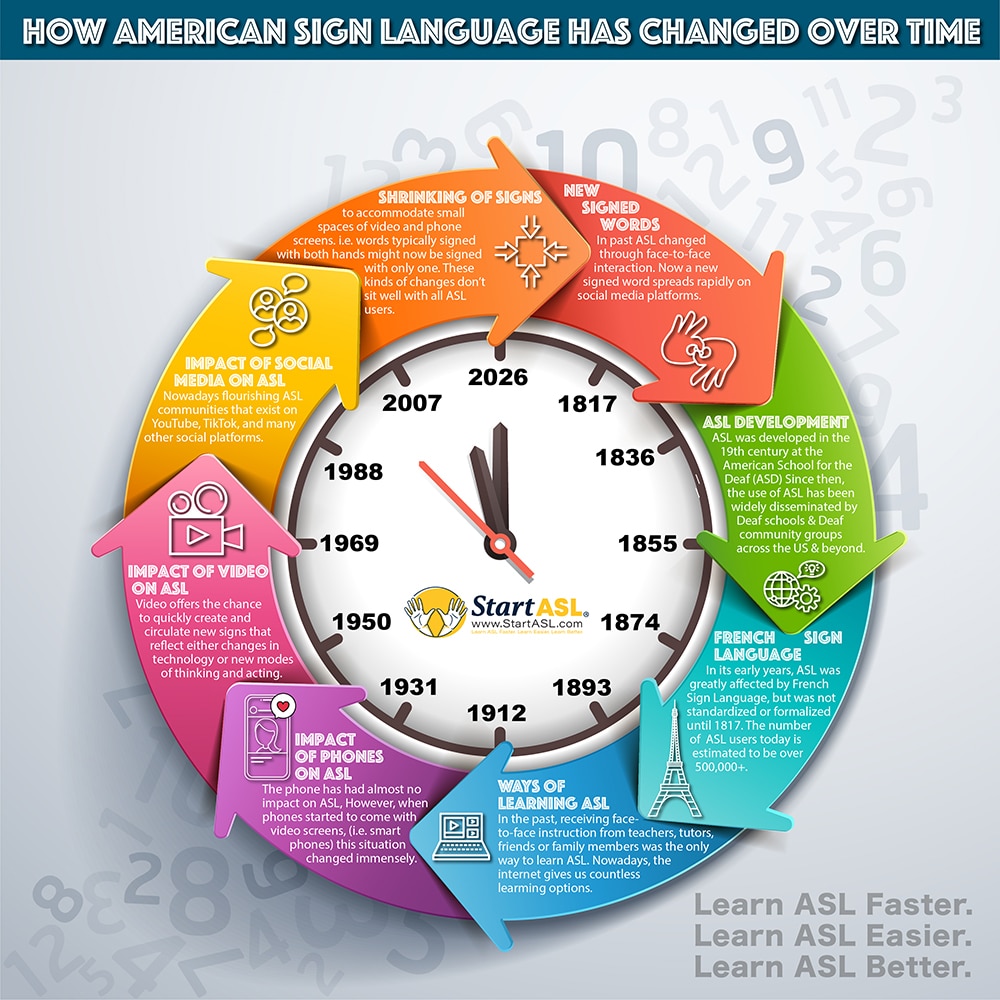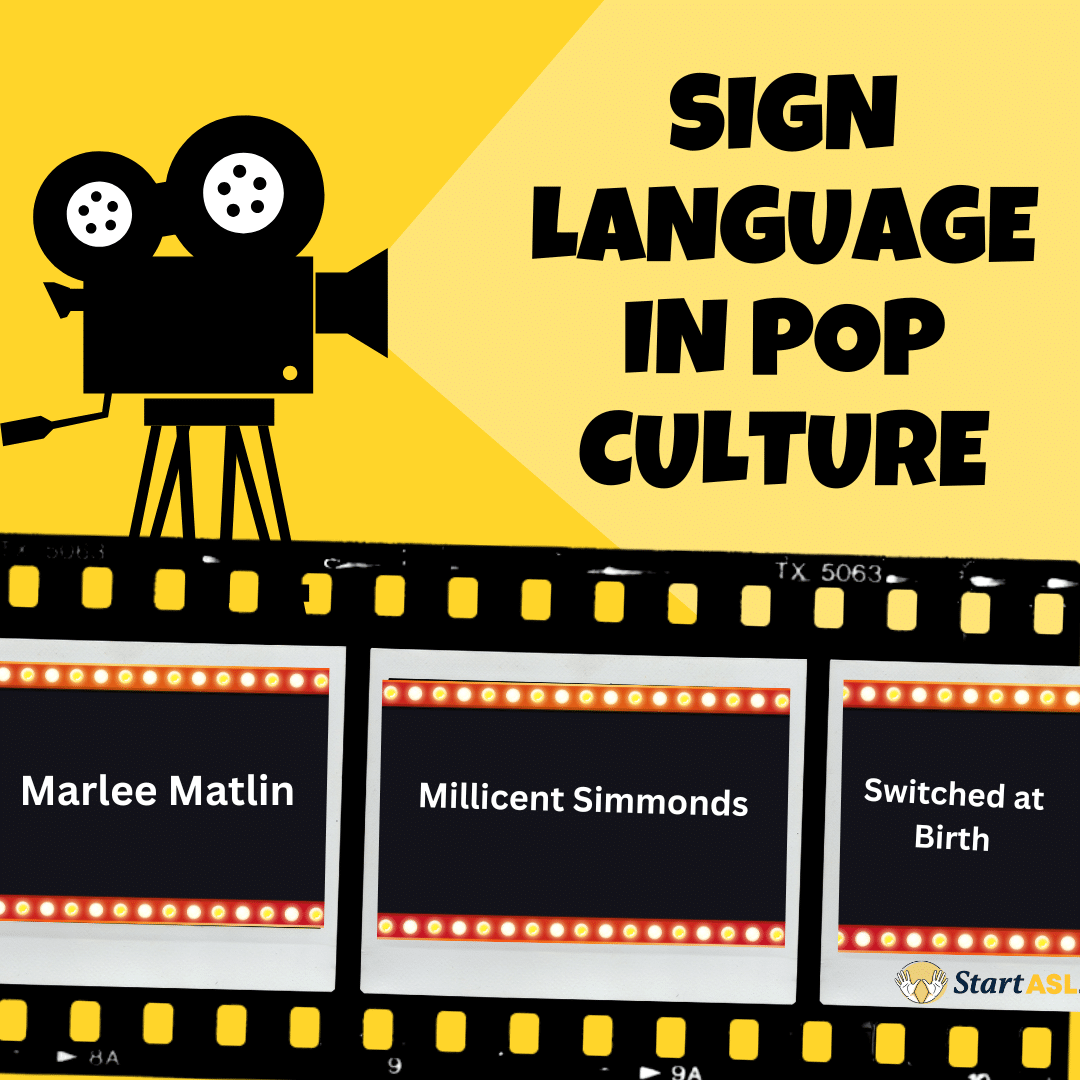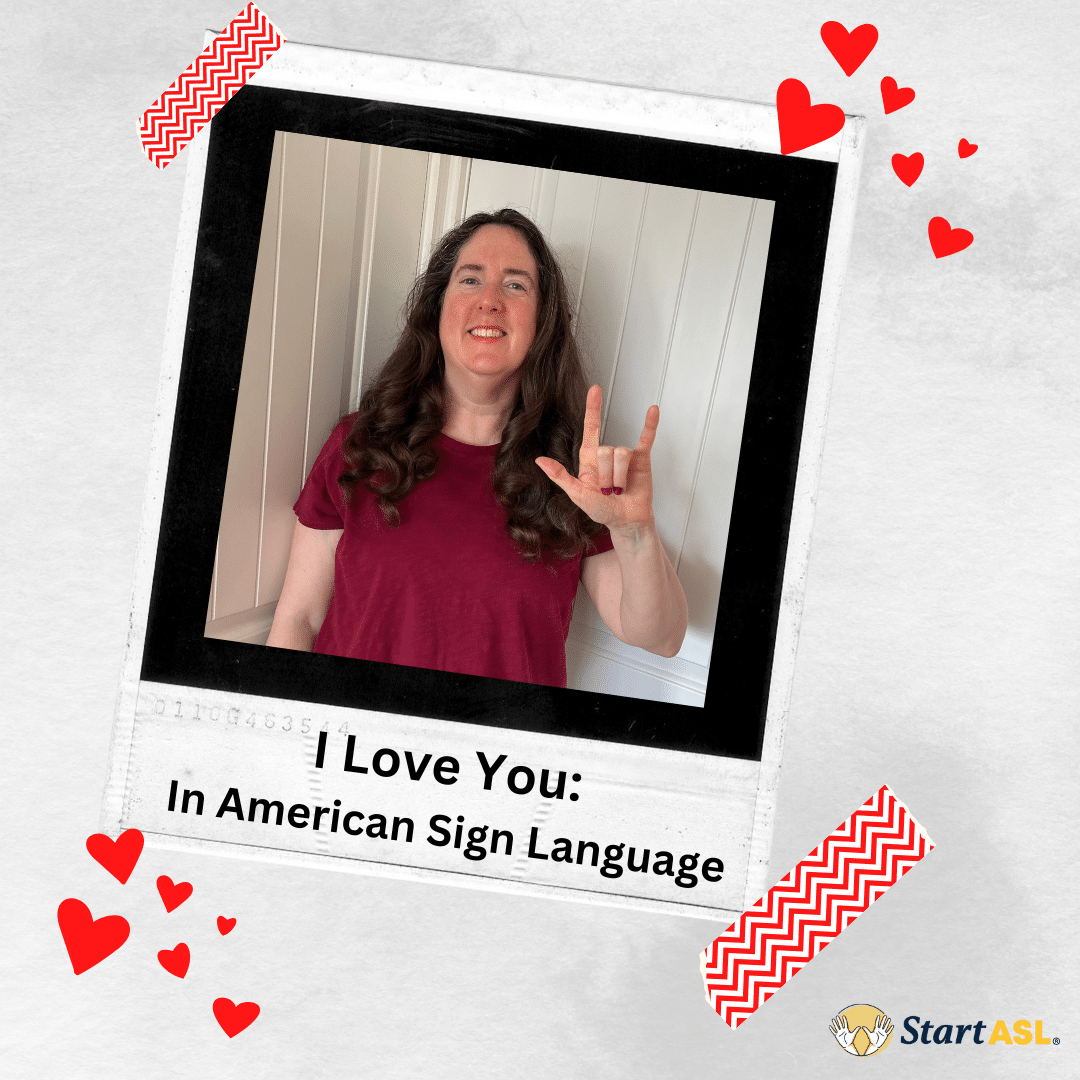
How American Sign Language has Changed Over Time

How American Sign Language has Changed Over Time
Change is clearly a characteristic of every language. For instance, in 2022, the Oxford English Dictionary added 650 new words, senses, and sub-entries. But American Sign Language (ASL) has several qualities that can cause change more quickly than in English.
Around the world, digital media are constantly transforming spoken languages. And the same can be said of sign languages like ASL. In past decades, American Sign Language changed mainly through face-to-face interaction. But nowadays, a new signed word can spread like wildfire on social media platforms such as TikTok or YouTube.
This article looks at some of the changes taking place across ASL, many of which are due to the widespread availability of smartphones and video. These technologies have brought about a huge blossoming of American Sign Language interactions.
Definition of American Sign Language
American Sign Language is a formal language with grammar and sentence structure rules. It uses a system of hand gestures and placements in relation to the upper body. American Sign Language also employs facial expressions, bodily postures, and finger spelling to convey meaning. ASL is the official sign language of the United States and English-speaking Canada. It is used mainly for communication among Deaf and Hard-of-hearing (D/HoH) people and is the basis for sign languages used in Bolivia, Nigeria, and Thailand.
Early Development of American Sign Language
American Sign Language was developed in the early 19th century at the American School for the Deaf (ASD) in West Hartford, Connecticut, through language contact with English. Since then, the use of ASL has been widely disseminated by Deaf schools and Deaf community groups across the US and beyond.
In its early years, French Sign Language greatly affected American Sign Language, but it was not standardized or formalized until 1817. The number of ASL users today is estimated to be around 500,000, but it may be much higher.
The Different Ways of Learning ASL
In past decades, receiving face-to-face instruction from teachers, tutors, friends, or family members was practically the only way to learn ASL. But nowadays, many means of studying the language are available, such as the following.
- Attending an in-person class
- Taking an online course
- Learning online by watching videos
- Joining an ASL group or Deaf club
- Visiting a Deaf café
- Working with a private tutor
- Observing and mimicking interpreters
- Using an instructional app and
- Being taught by Deaf friends or family members
Whatever approach to learning ASL you choose, it’s essential to have fun and interact regularly with other ASL users. Doing so will speed up your language acquisition and facilitate your access to the D/HoH community.
The Impact of Technology on ASL

For more than a hundred years, the telephone has helped mold how people communicate through spoken language. But the phone has had a less remarkable impact on American Sign Language, which, as mentioned, depends on hand movements, facial expressions, and other visual cues to convey meaning.
However, this situation changed when phones started to come with video screens. Over the past decade, smartphones and social media have allowed ASL users to connect more easily. As a result, face-to-face contact, formerly a requirement for learning sign language, is no longer needed.
Video has also allowed American Sign Language users to teach the language to more people. And now, flourishing ASL communities exist on YouTube, TikTok, and other social media platforms. In addition, video offers the chance to quickly create and circulate new signs that reflect either changes in technology or new modes of thinking and acting.
Today’s omnipresent videos and social media have given Deaf and Hard of hearing people new ways to interact. And the D/HoH community is using these newfound approaches to transform American Sign Language.
From the earliest stages of ASL’s history, signs that were more complicated or involved larger body parts tended to fall out of fashion. However, the small screens on today’s devices are hastening this trend. Small screens encourage tighter hand gestures and allow new versions of signs to spread as quickly as new dance moves on TikTok.
Ted Supalla, a Deaf linguist who studies sign language evolution says, “If a person sees someone they like on social media using a new sign they might think it’s better and adopt it. That’s a challenge for the community, because it’s a different kind of language transmission.”
The Current State of American Sign Language
In contrast to spoken languages, American Sign Language is not typically passed down from generation to generation. This is so because the chief mode for communicating, teaching, and transmitting cultural information in hearing families is auditory-verbal. Thus, since more than 90 percent of Deaf children have hearing parents, these youngsters are more likely to learn ASL from schools or their peers than from their parents. This situation creates more linguistic variation between succeeding generations of Deaf and Hard of hearing people than with spoken languages.
With ASL use on the rise, young people might learn the language from a Deaf influencer on TikTok or YouTube. American Sign Language has its own rules about grammar and sentence structure. However, social media influencers might adapt the signs they teach according to the English rules that viewers are more familiar with.
These kinds of innovations are emerging far more often than in the past. And the speed of such changes, while exciting for some, is causing rifts between various generations in the Deaf/HoH population.
The most dramatic example of this trend is the shrinking of signs to accommodate the small spaces of video and cell phone screens. For instance, words typically signed with both hands might now be signed with only one. These kinds of changes only sit well with some ASL users.
Why it’s Important to Recognize and Preserve American Sign Language
But no matter what issues might arise as ASL evolves, preserving the language for future generations is essential. Doing so can help to safeguard Deaf culture and make sure that Deaf/HoH people have access to their form of communication and self-expression in the decades to come.
With today’s rapid technological advances, pharma tech firms are developing ever more sophisticated cochlear implants and assistive speaking devices. Unfortunately, this trend is threatening the existence of sign languages like ASL. That’s why the Deaf community is working hard to help more people learn ASL nd thus save it as a living language.
In addition, creating more places where American Sign Language can be used, such as Deaf clubs, Deaf-owned businesses, and Deaf sports facilities, will contribute to the continuity of the language. It will also offer posterity a linguistic legacy to carry forward.
Preserving American Sign Language will assist in maintaining the identity and traditions of the Deaf/HoH population. The first step in this process can be implementing ASL instruction in schools. For example, ASL may be offered as a second language option so children can learn it quickly as part of their standard set of courses.
In fact, several mainstream schools have already included American Sign Language in their curricula and have developed bilingual programs. On top of this, diploma courses are enhancing positive opinions about American Sign Language among the young.
American Sign Language is also becoming more visible thanks to the work of interpreters on newscasts and at events like concerts and music festivals. To preserve ASL, the Deaf community must unite and act while ignoring cultural and political differences. In this way, a language that serves a unique and vital subculture can be saved for future generations to value and enjoy.










